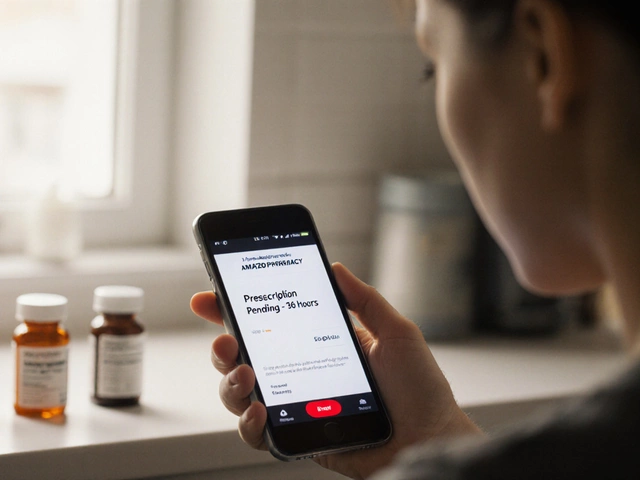Knee Replacement Recovery Tips You Can Start Today
Just had knee replacement surgery? You probably feel a mix of relief that it’s over and anxiety about the road ahead. The good news is you don’t need to wait months to see progress. Simple habits you add right now can cut pain, keep your joint moving, and help you get back to daily life faster.
Set Up Your Space for a Safe Start
First thing: make your home a low‑risk zone. Clear the hallway of rugs, cords, and clutter so you can walk with a walker or cane without tripping. Keep a sturdy night‑stand next to your bed with pain meds, a water bottle, and a phone within reach. A raised toilet seat and a shower chair can save you from bending too much while the swelling is still high.
Move, But Move Smart
Doctors stress early movement, but it’s about quality, not speed. Start with ankle pumps and gentle quadriceps sets the day you get home – these keep blood flowing and prevent clots. On day two or three, try short, assisted walks of 5‑10 minutes, holding onto a railing. Increase distance by 10‑15 percent each day, never pushing into sharp pain.
Once you’re cleared for it, add simple physio exercises: straight‑leg raises, heel slides, and stationary bike sessions with low resistance. Do each move 10‑15 times, three times a day. The goal is to wake up the muscles surrounding the knee without over‑loading the new joint.
Cold therapy is a quick pain buster. Apply an ice pack wrapped in a towel for 15‑20 minutes, three times daily, especially after walks. Ice reduces swelling and lets you stay active longer.
Nutrition plays a quiet but big role. Protein helps tissue repair, so aim for 20‑30 g of lean meat, beans, or dairy each meal. Vitamin C, zinc, and omega‑3 fatty acids support healing, so include citrus fruits, nuts, and fish. Stay hydrated – water aids joint lubrication and flushes out inflammation.
Sleep matters more than you think. Elevate the leg with a pillow to lower swelling, and use a comfortable pillow between knees if you sleep on your side. A good night’s rest speeds up tissue repair and keeps your mood steady.
Don’t skip follow‑up appointments. Your surgeon checks the incision, alignment, and progress. If something feels off – sudden sharp pain, fever, or an unusual lump – call the clinic right away. Early detection of infection or a loose component prevents bigger setbacks.
Finally, keep a positive mindset. Celebrate tiny wins: walking a little farther, bending the knee a few degrees more, or sleeping without waking up in pain. Recovery isn’t a race; it’s a series of small, steady steps. Follow these tips, trust your rehab team, and you’ll find yourself back to everyday activities sooner than you expect.





